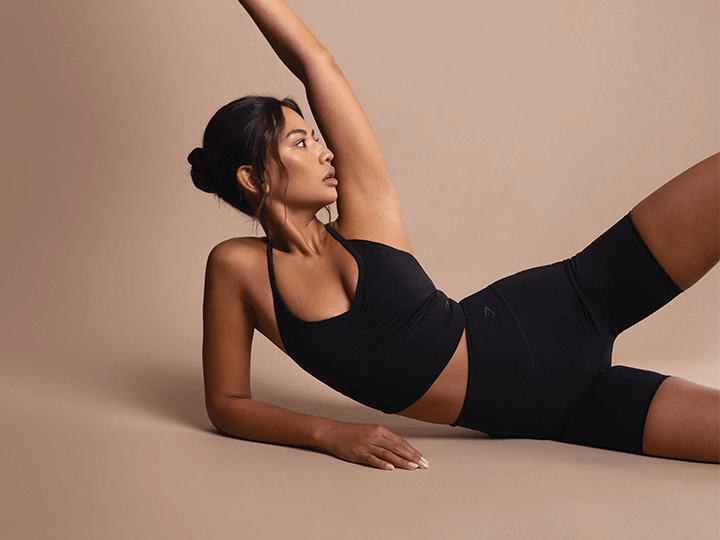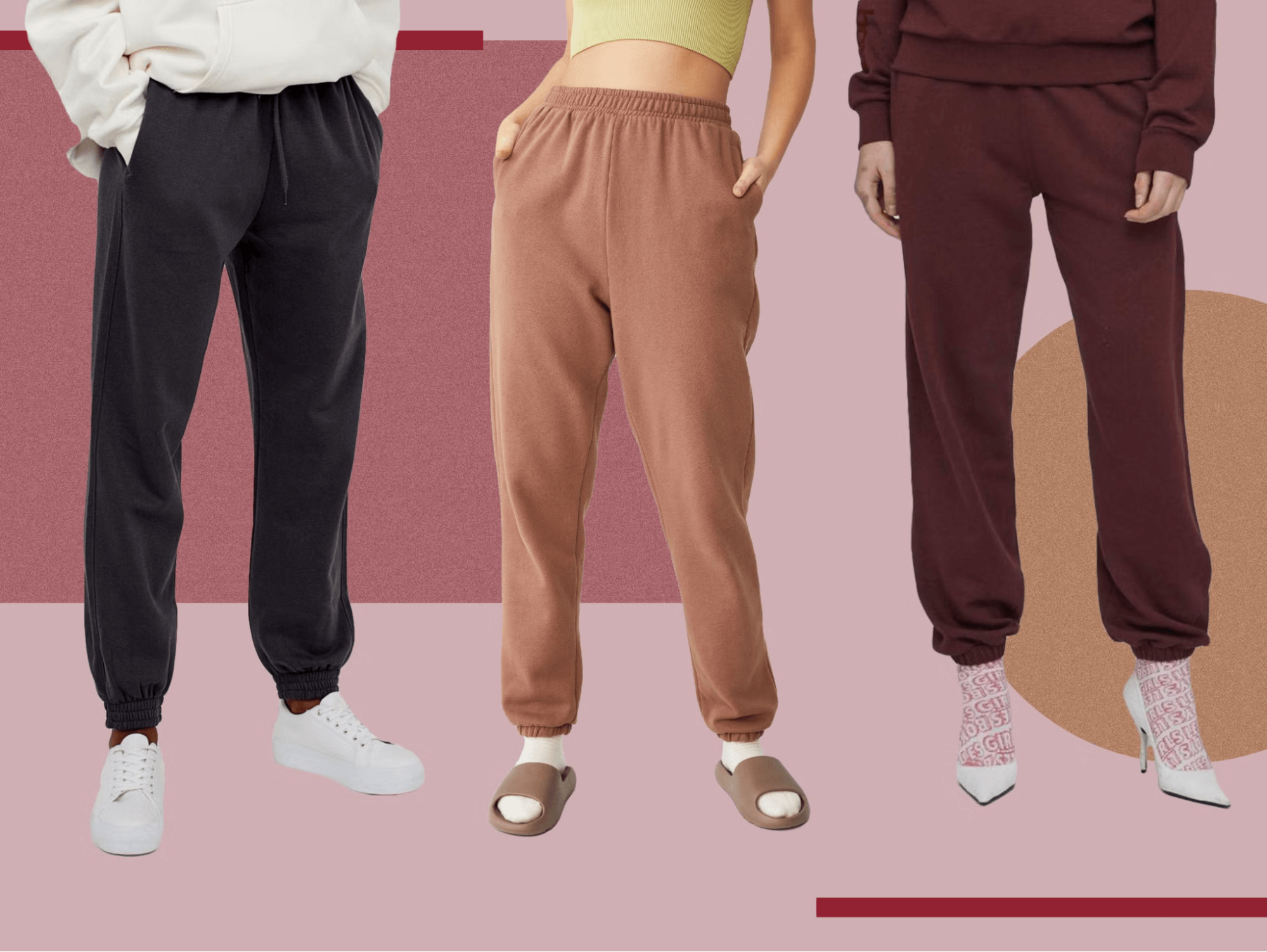Gender Pay Gap in Sports: How Big Is It & What Can Be Done?
The gender pay gap in sports is an issue that sadly many female athletes struggle with who are actively protesting for a change!

In 2019, 56 years after the passage of the Equal Pay Act, USWNT fans erupted into chants of “Equal pay!” amid the team’s historic world cup victory. As shouts of “USA” blended with the words “Equal pay,” the irony of American women still fighting against female athlete discrimination must have been deafening.
Let’s dive into the gender pay gap in sports to explore what’s changed over the years, the current extent of the issue, and what we can do about it.
Male vs. Female Athlete Salary Comparison: How Big Is the Gap?
Gain some insight into the pay gap between male and female athletes and how it differs!

Everyone’s heard about this topic at some point. But how big is the pay gap, really?
We’ve come a long way since 1979 when women made on average 62 cents on the dollar. But since 2004, the gender pay gap hasn’t closed much, still hovering around 80–83 cents on the average man’s dollar.
When you break it down by industry, the legal industry has women making 64% as much as men on average, while women in arts, entertainment, and sports average a more promising 94% of men’s pay.
As of 2017, 83% of sports now offer equal prize money to men and women . However, when you look closely at the complexities of this industry such as sponsorships and the discrepancy in the remaining 17% of sports, the wage gap in sports remains significant. When considering how many other industries are addressing the pay gap, sports still has a long way to go.
Gender Pay Gap in Soccer
In 2014, the U.S. men’s soccer team made $8 million total when they lost during the first round of the World Cup, while the U.S. women’s team only made $2 million for winning the World Cup in 2015. The average pay in MLS men’s soccer was still more than eleven times the average NWSL female player’s pay in 2019.
As of 2020, new National Women’s Soccer league compensation guidelines went into effect. This change improves the salary cap by over 19%, bringing the maximum 2020 salary to $50,000 and the minimum salary to $20,000. Allocation money and player contracts also improved. However, these numbers are still far behind the average male soccer player salary in the MLS. Currently, the male and female average annual salaries differ by 25% in international soccer and 2,000% in club soccer.
Gender Pay Gap in Basketball
For the 2015 season, the base NBA salary started at $525,093 and maxed out at over $16 million. Meanwhile, the base salary for WNBA players ranged from $38,913 to $109,500. The 2019 pay gap in basketball was daunting, considering the average salary for an NBA player was more than a hundred times the average earnings in the WNBA. Additionally, the women in the WNBA made roughly 23% of their league’s revenue , while NBA players earned an estimated 50% of the league’s total revenue.
The players’ union recently made a landmark agreement with the WNBA to triple the maximum salary to $500,000 with better marketing, benefits, and accommodations.
However, NBA players still make 100 times more than WNBA players in terms of average yearly salary.
Gender Pay Gap in Tennis
In 2019, the average of the world top 100 men’s pay was about 18% higher than the average of tennis’s top 100 women. Internationally, men come out on top in earnings, but in the US, Tennis is one of the few sports where the women on average take home more than the men. In 2019, the number one women’s tennis player in the U.S., Sofia Kenin, made $3,012,043, while the number one U.S. men’s tennis player, John Isner, made $411,414.
That’s a distinct improvement since 2010, when the top 100 men’s average pay in tennis was 48% higher than the average pay of the top 100 women tennis players. Plus, the ATP and WTA recently agreed to work together to try to push tour events to allocate a larger portion of tournament revenue to prize money in order to increase the number of players earning a good living.
All 4 Grand Slam events have paid players the same amount of prize money regardless of gender since 2007. However, there are fewer 1,000 point events — nine Masters tournaments for men compared to five Premier 5 events for women — which means fewer opportunities for women to earn the big prize money that comes with 1,000 point events.
Currently, the difference in average pay for men and women in U.S. tennis is about 10% between the ATP and WTA.
Gender Pay Gap in Golf
In 2015, golf had one of the largest gender pay gaps in sports , globally. In 2016, the top 100 male golfers won a total of $242 million in prize money, while the top 100 women won $49 million in prizes .
The average salary for men’s golf in 2019 was still 25 times that of women’s golf. Fortunately, LPGA Commissioner Mollie Marcoux Samaan committed last year to rectify the gap between the LPGA and PGA, which still sits at the same level.
Gender Pay Gap in Other Popular Sports
Gender Pay Gap in Sports: What's the Trend?
Seeing the history of women’s wages in sports puts in perspective of how far we have come to make a change!

Let’s take a look at the women’s pay gap in sports, considering the timeline from the 1970s through today:
1970
1978–the 1990s
2001
2006
2007
The 2010s
2014
2015
2016
As per the 2016 Gender Balance in Global Sport Report, average income for the top 100 NBA players sat at $12.7 million, while women in the WNBA made between $105,000 and $913,000.
At the same time, Grand Slams paid the same prize money to men and women but the most successful men in tennis still overshadowed female players due to endorsements and sponsorships. Five USWNT soccer players filed a federal Equal Employment Opportunity Commission complaint over unequal pay and bonuses .
2017
2018
2019
2020
2021
2022
In 2022, there was a significant increase in overall earnings and prize money for women in sports all across the board, especially in soccer. Taking a look at 2018-2019, men earned up to $400 million with a $38 million winner’s share when winning the FIFA World Cup, while women earned $30 million with a $4 million winner’s share.
In 2022, women’s pay was really increased with men earning $440 million and a $42 million winner’s share, and women earning $110 million with a $10.5 million winner’s share. While there is still a significant pay gap between the two genders, it is a heavy increase compared to four years prior.
Here’s the current breakdown of pay discrepancies for women in sports , as of 2022:
SPORT |
MEN (Average yearly salary) |
WOMEN (Average yearly salary) |
Tennis(ATP/WTA) |
$88,000 |
$80,000 |
Football (International) |
$100,000 |
$75,000 |
Basketball (NBA & WNBA) |
$8.3 million |
$75,181 |
Golf (PGA & LPGA) |
$1.2 million |
$48,993 |
Similar to women’s pay in all industries, women athletes’ pay has vastly improved since the ‘70s. But still, the score is far from settled.
2023
Basketball continues to be a sport with a wide gap for both men and women. Men make a significant amount of money and the difference continues to show every year. In the 2022-2023 season, NBA players could make a minimum of $953,000 and a maximum of $45,780,966.
Women, on the other hand, make far less than men and they don’t even come close to making the same. During the 2022-2023 season in the WNBA, women made a minimum of $60,000 and a maximum of $234,936.
While this proves to be a significant pay gap, many say it is due to certain factors of the WNBA . Many blame this pay gap on audience viewership compared to the NBA, and even the WNBA being financed by the NBA. There are also many female players that sign contracts without revenue sharing, which can potentially hurt their overall pay as well.
Factors that Affect Gender Pay Gap in Sports
The gender pay gap in sports can be affected in many ways, so it’s important to know these crucial details!

The Equal Pay Act mandates identical compensation for identical work under the same employer, conditions, and responsibilities, but it’s hard to determine how that applies to sports when so many more factors are at play compared to most industries.
Athletic organization governing bodies have a lot of control over athlete pay. Governing bodies can also rework how much they invest in media coverage and TV contracts , which massively influence attendance, ratings, and ultimately revenue .
Corporate sponsorships are another major variable that widens the gap. Sponsorships are related to female athletes’ visibility and fandom, which hinges on organizations’ marketing and promotional investments.
How to Close the Gap
If governing bodies gave women the same base salary, hype, media coverage, attendance, and ratings as men in sports, doors would open to more abundant and lucrative corporate sponsorships for more female athletes that would help balance the scales.
Many women are passionate about the sports that they play just as much as men. As women, it is important to continue to raise awareness on these issues in not only sports, but the workforce in general. We should work on promoting media representation for these women to be noticed, gaining more support from fans, creating supportive policies to protect them, and even helping them to secure sponsorships.
Sponsorships are a huge part of this and female athletes can greatly benefit from them. Not only will they receive more money on top of what they’re making from playing their specific sport, but they will also represent the brand in a way to help attract new audiences. This, in return, helps them to make more money by representing the brand in a positive light.
Not only do these ideas factor in how to give women more of a fighting chance with the pay gap in sports, but it all comes down to the associations that let them play sports. Leagues, associations, and sponsors are responsible for investing in women’s sports, helping them to become recognized in what they’re passionate about, and helping to create more opportunities for them in the long run.
Do You Have an Idea to Help Close the Women's Pay Gap in Sports?
How do you think the Equal Pay Act applies to the sports industry? How can we push for equality in corporate sponsorships, TV contracts, or media coverage? Share your thoughts with us on Instagram @goalfive!
We believe that reversing gender pay inequality in sports would benefit all and create more life-affirming athletic opportunities for women and girls worldwide. Help us improve lives through sports — join us as a fellow advocate for equal play .




3 comments
savanna ruawhare
hi, I was just wondering who the publisher is and what exactly their opinion is as i am using this a source in my English research assement.
Miesha Lashay Brock
Hello, I am writting an research paper on the gender pay gap between men and women in sports. I love this article above I was wondering who is the publisher of this article and could I get more information on this article. Best regard, Miesha Brock
Ayla Kryskow
Hi I was just wondering what sport had the biggest and smallest pay gap? Not a lot of different
Leave a comment
This site is protected by hCaptcha and the hCaptcha Privacy Policy and Terms of Service apply.